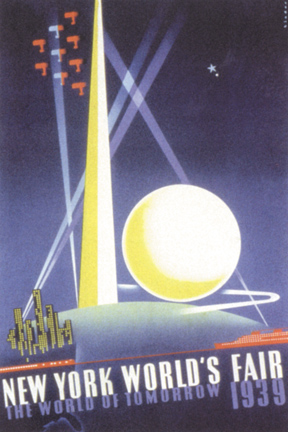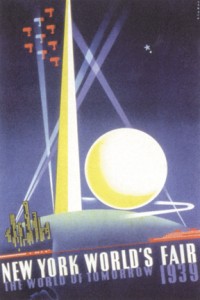By Laurie Lips
Walter Dorwin Teague was one of the great pioneers of industrial design consulting in America. Born in Indiana in 1883, he moved to New York in 1903, subsequently attending evening classes at the renowned Art Students League. In 1926 he established Dorwin Teague Associates, one of the earliest industrial design studios.
Teague’s first client was Eastman Kodak; he eagerly accepted the opportunity of redesigning the “Box Brownie” camera. His first camera, the Vanity Kodak (1928), was designed specifically for the female market and was produced in various colors with matching silk-lined cases. Teague later received widespread acclaim for his Baby Brownie camera (1933), which was one of the first consumer products made of a soft-edged, body-shell plastic. His best-known camera, however, was the distinctively styled Bantam Special (1936), which was more user-friendly and compact than earlier Kodak models.
In 1930, Teague designed the streamlined body of the Marmon Model 16 car, which was among the most aerodynamically efficient automobiles of its time. He also designed other streamlined products, including glassware for Steuben, ovenware for Pyrex, pens and lighters for Scripto (1952), lamps for Polaroid, mimeographs for A.B. Dick, radios for the Sparton Corporation (1933-1936), gas ranges and boilers, and the Centennial Piano for Steinway. As well as consumer products, Teague also designed a plastic truck body for UPS and supermarket interiors for Colonial Stores. He also did all the design for Texaco.
Teague held the position of chairman of the board of design for the New York World’s Fair of 1939, showing his growing influence and “elder statesman” status in the industrial design profession. His building for the Ford Motor Company at the fair showed the maturity of his design style and his vision of a clean and modern environment. One of the memorable exhibits was the gigantic cash register, which recorded visitor numbers and was based on his design for the National Cash Register Company.
For companies such as Kodak and the Ford Motor Company, Teague put as much energy into their images and into the retail and marketing of his products through their logos and packaging as the products themselves. He designed interiors for public transport, including Pullman coaches, and did extensive work for Boeing designing the interiors of the 707 and 747 airplanes.
Now headquartered in Redmond, Wash., with a regional office in California, Walter Dorwin Teague Associates Inc. employs a staff of 200. Walter Dorwin Teague died in 1960.












